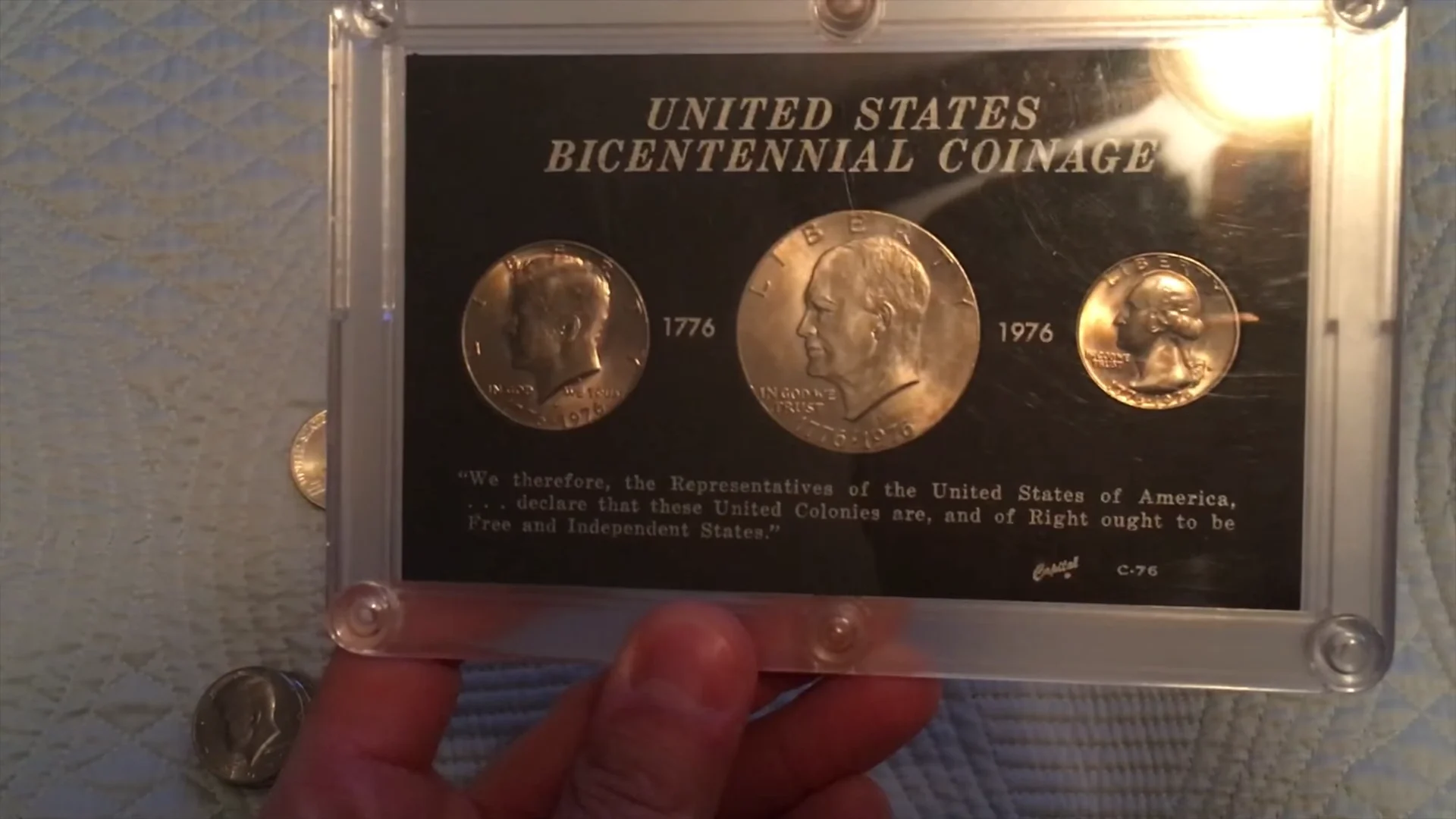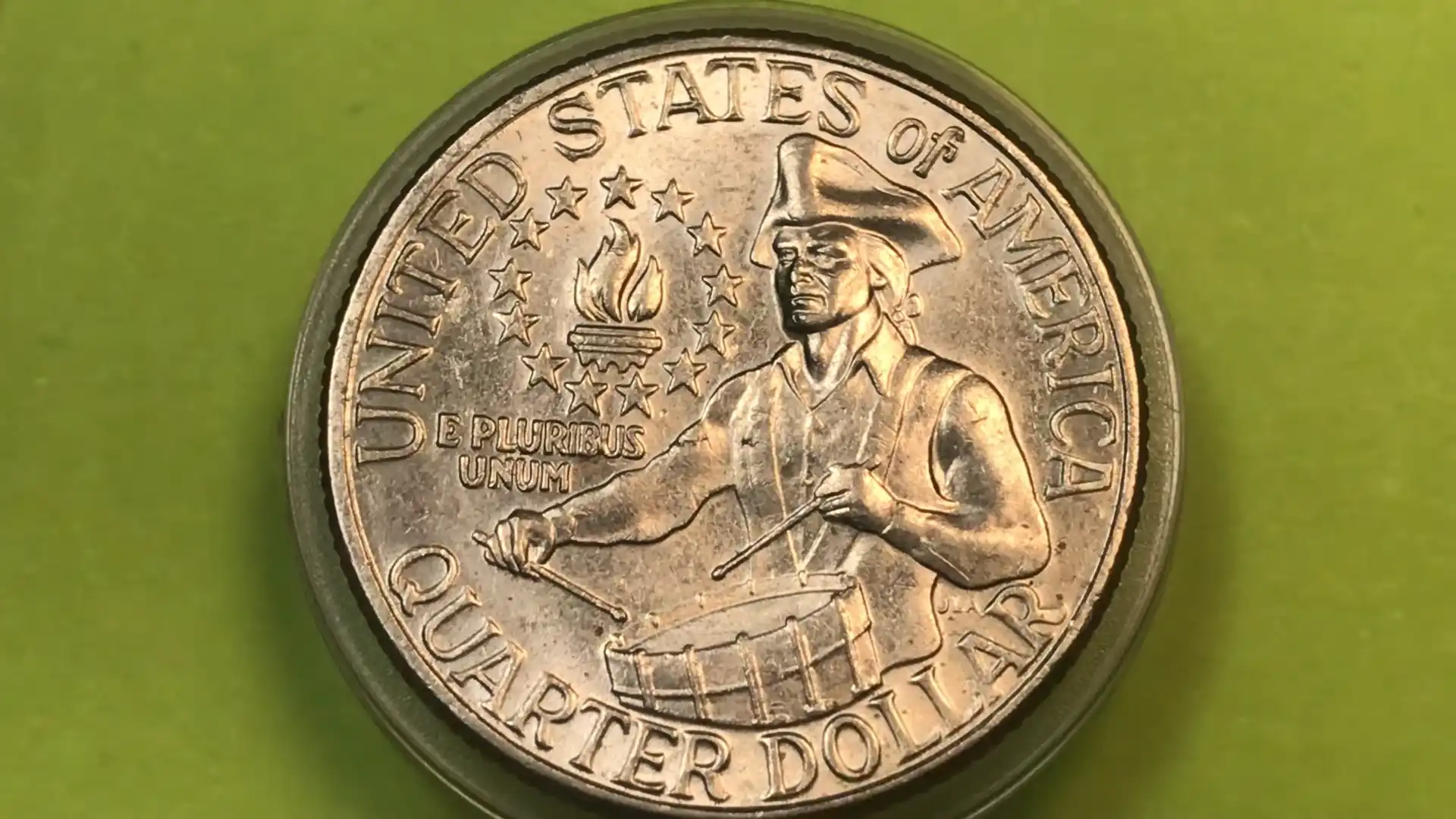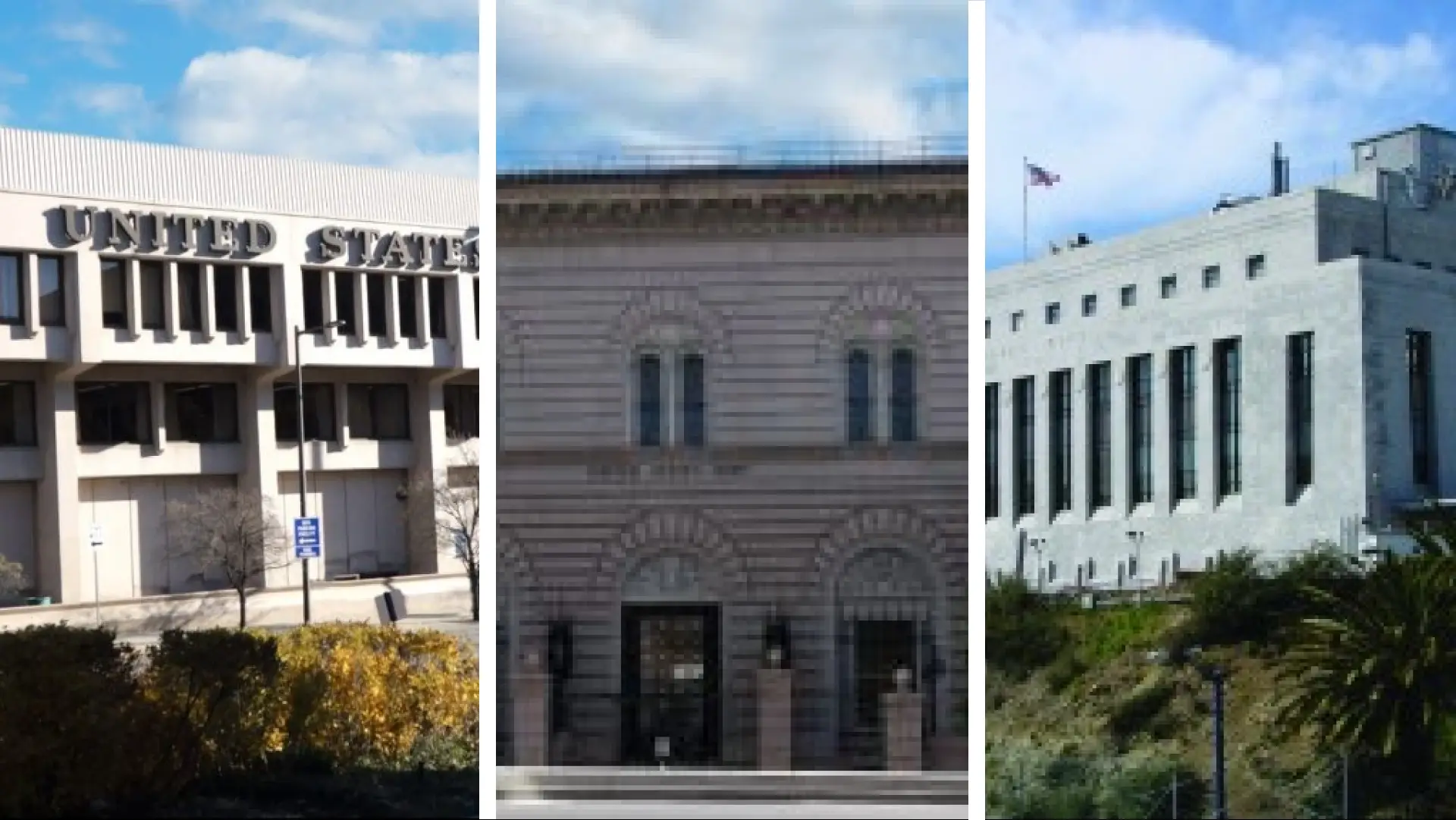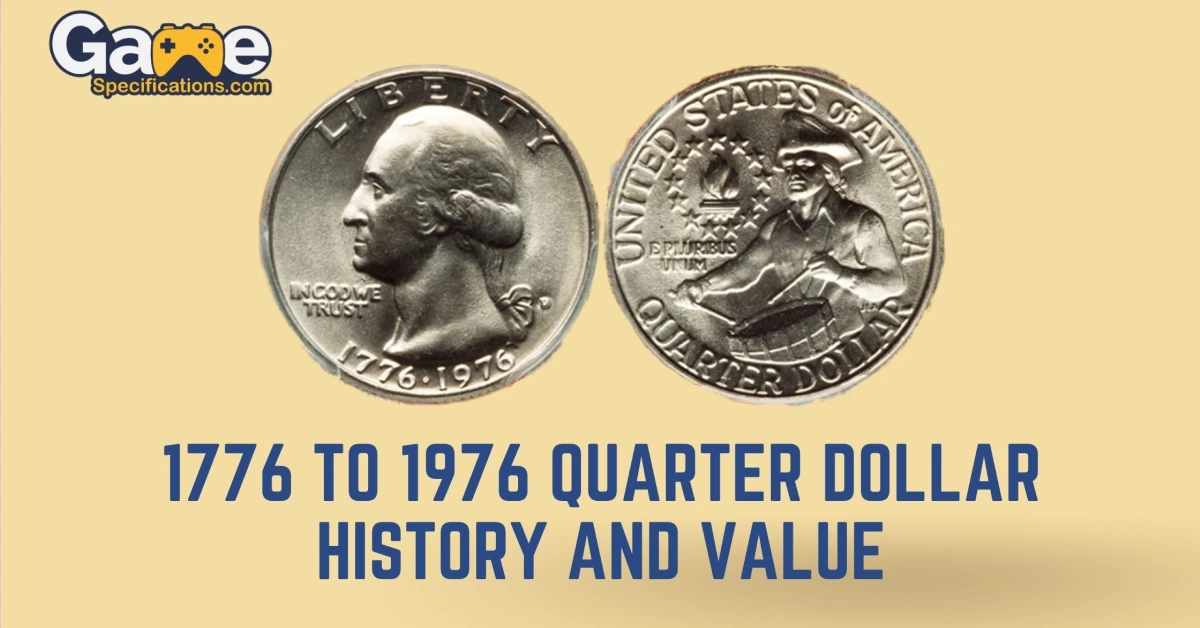1776 to 1976 quarter dollar sets are Bicentennial coins which means that they were coins to celebrate the 200th anniversary of America’s Independence. These coins feature a special reverse design and have the date “1776–1976” engraved on them to commemorate the occasion. The coin was originally made in 1975 to celebrate the 200th anniversary of the independence of the United States of America from the Colonial Rule of the British Empire.
There were mainly three types of coins made for the occasion which were the Eisenhower dollar, Kennedy half a dollar, and Washington quarter. The coin was produced in 1975 and 1976 however no coins with these denominations carried a single date instead had the dual dates of 1776 – 1976.
What is a Bicentennial?
The word Bicentennial means “the two hundredth anniversary of a significant event” or “relating to a two hundredth anniversary”
The 1970s were a period of great changes and reformations in the political and cultural sphere of what had then emerged as the greatest economy in the world. The 1970s saw various protests for civil rights for women as well as for the people belonging to the African American communities and the protest against the Vietnam War. This time also saw a rise in the movements to protect the environment as well as the witnessing of the resignation of the first sitting US president, Richard Nixon.
Read More – 1970 D Penny Value

This is in stark contrast with the dark ages of yesteryear when several social, cultural, and ethnic communities were marginalized with their voices silenced. The Bicentennial celebrations embody the various revolutionary reformations and paradigm shifts in culture that have all collectively played a part in shaping the United States of America into the land of the free.
It was during the early 1970s that the planning of one of the biggest celebrations the world had witnessed began – The Bicentennial Celebration of the signing and adoption of the Declaration Of Independence. During this time to commemorate the occasion, the Treasury of the United States of America minted commemorative coins meant for public circulation.
Bicentennial 1776 to 1976
The Bicentennial 1778 to 1976, as the name suggests refers to the 200th anniversary of the establishment of the American Empire. The celebration of the American Bicentennial on the Fourth of July 1976 marks two hundred years since the nation adopted the Declaration of Independence following the American Revolutionary War.
American Revolutionary War happened during the mid to late years of the seventh decade of the 18th Century.
1776 to 1976 Quarter Dollar – Characteristics
A coin has both an Obverse and a Reverse. Obverse refers to the side of the coin which has the head or the principal design. The Reverse side of the coin refers to the tail or the backside of the coin.

The obverse of the 1776 to 1976 Quarter Dollar contains the design which features the bust of George Washington who was the first President of the United States of America. The Obverse of the coin did not have much change other than the date as the Bicentennial coins had dual dates instead of a single date. The reverse of the coin features a design of a Colonial Drummer facing the left side and a victory torch surrounded by 13 stars in the upper left area.
Both the Obverse and the Reverse contain various transcriptions.
| Obverse Transcriptions | Reverse Transcriptions |
| LIBERTY | UNITED STATES OF AMERICA |
| IN GOD WE TRUST | E PLURIBUS UNUM |
| 1776-1976 | QUARTER DOLLAR |
E Pluribus Unum is a Latin Statement which means “out of many, one”. This statement is considered the traditional motto of the United States of America. There is also another translation for E Pluribus Unum which means “One out of many” or “One from many”
The Obverse of the Coin which contains the figure of George Washington was designed by John Flanagan and the Reverse of the Coin was designed by Jack L. Ahr.
1776 to 1976 Quarter Dollar – Design
The Treasury of the United States had discontinued the minting of Commemorative Coin as there was the abuse of the program by Politicians and Special Interest Groups. The excitement surrounding the Bicentennial Celebrations created equal excitement for these new coins as well.
George P. Schultz, the Secretary of the Treasury directed the Director of the Mint, Mrs. Mary Brooks to design three new coins which would embody the Bicentennial Celebrations of the American Revolution. The production of the coin was said to begin on July 4th, 1975. The three coins meant to commemorate the occasion were the one-dollar coin, half-dollar coin, and the quarter.
The National Sculpture Society was asked to conduct a design contest by the Department of Treasury among its members from around the nation. The obverse of the coin remained as it is with a small change of the date. In the commemorative coins, the dates were made to be shown as “1975-1976” Instead of just showing the single date of “1976”. There were certain controversies regarding the design of the coins.
The coins were minted and mint marked at Denver, Philadelphia, and San Francisco.
1776 to 1976 Quarter Dollar – Production
To make sure that all the citizens of the United States of America had access to these coins marking a special occasion and to prevent people from hoarding them, the mint produced billions of these commemorative coins. The production of these special coins began before July 4th of 1975 and the production continued for the next 18 months.

Additionally, there were also specialized coins with special finishes and silver composition exclusively for coin collectors who are interested and have made a hobby to collect and store such historical artifacts.
Several million of these 1776 to 1976 quarter dollar coins were melted during the 1980s. While there are still a lot of the coins available it is nowhere near the 15 million which were originally made.
1776 to 1976 Quarter Dollar Worth
The standard circulated 1776-1976 quarters are worth only their normal value of $0.25. However, these coins only sell for a premium in uncirculated conditions. They do not have a higher value as they have been in circulation and are easily and readily available. There are certain coins (S proof quarter – PR 65 Condition), however, which are worth a bit more (around 5$), these are coins that are made especially for collectors which were not circulated and are special editions.
Frequently Asked Questions
Where is the mint mark on the 1776-1976 silver dollar?
One will be able to see the mint mark just above the date on 1776-1976 Eisenhower silver dollar. To be precise, the mint marks are below the truncation of Eisenhower’s portrait and above the date. Most of these minted coins were just proof coins.
What does it mean when a quarter says 1776-1976?
When a quarter says 1776-1976 it means that it is a Bicentennial quarter that was made to commemorate America’s 200th birthday.
Is a 1776-1976 silver dollar silver?
The 1776-1976 Quarter Dollar has 40% Silver in them
Are Bicentennial quarters worth keeping?
Since circulated coins are easily found and readily available, they are worth no more than their normal value. However, coins that are special editions and uncirculated which are made for collectors, have a worth that is slightly more.
Conclusion
1776 to 1976 Quarter Dollar is a commemorative coin made to celebrate the two hundredth anniversary of the Independence of the United States of America and the signing of the declaration of independence. The coins were only minted for a duration of 18 months and can be considered to be very rare pieces of history. The coin has been a favorite of most coin collectors and people who learn about these coins are instantly interested in them.
This article has dived deep into the various aspects of the 1776 to 1976 Quarter Dollar and what makes this a truly unique piece of historical artifact. Hopefully, this article has been helpful and has given you a better understanding of the 1776 to 1976 quarter dollars and has helped you in appreciating them more!
References
The New York Times. Three Designs Chosen For Bicentennial Coins. nytimes.com. Published March 8, 1974.
Mints: San Francisco, Philadelphia, and Denver




